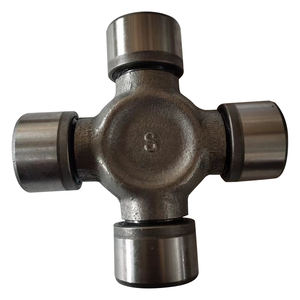The shaft of a boot is the vertical section that extends upward from the sole, enveloping the lower leg, ankle, and sometimes the calf or knee. As a critical structural and functional component, its design integrates principles of mechanical engineering, material science, and biomechanics to balance support, protection, and mobility. For mechanical engineers, analyzing the shaft involves evaluating its material properties, geometric configuration, load distribution, and interaction with human anatomy to optimize performance for specific applications.
(what is the shaft of a boot)
Material selection is foundational to the shaft’s functionality. Engineers prioritize materials that offer tensile strength, flexibility, and durability. Leather, synthetic polymers (e.g., nylon, polyester), and composite fabrics are common. Leather provides high tensile strength and abrasion resistance but requires treatments to enhance water resistance. Synthetic materials reduce weight and improve moisture management, often incorporating layered laminates or coatings for added toughness. Composite materials, such as carbon-fiber-reinforced polymers, may be used in high-performance boots to achieve stiffness-to-weight ratios critical for load-bearing without impeding motion. Engineers assess stress-strain curves, fatigue resistance, and environmental degradation to ensure materials withstand cyclic loading, impact, and exposure to elements.
The shaft’s structural design directly influences its mechanical behavior. Geometry—height, circumference, and taper—affects load distribution and kinematic compatibility. A taller shaft increases lateral stability by extending the lever arm around the ankle joint, reducing shear stresses during lateral movements. However, excessive height can restrict range of motion, necessitating trade-offs. Tapered designs ensure snug fitment, minimizing slippage and distributive pressure points. Engineers employ finite element analysis (FEA) to model stress concentrations, particularly at seams, eyelets, or flexion zones, and iterate designs to mitigate failure risks. Reinforcements, such as thermoplastic polyurethane (TPU) inserts or steel stays, are strategically placed to enhance torsional rigidity while preserving flexibility.
Ergonomics and biomechanics are central to shaft engineering. The interface between the boot and leg must accommodate anatomical variability and dynamic motion. Pressure mapping and gait analysis inform contouring to prevent hotspots or restricted circulation. For instance, dorsal flexion during walking requires anterior shaft flexibility, while posterior stiffness aids in heel retention. Engineers collaborate with ergonomists to align the shaft’s curvature with tibial anatomy, ensuring even load transfer. In safety boots, energy absorption features, such as foam padding or viscoelastic liners, dampen impacts without compromising fit.
Functional enhancements further refine the shaft’s performance. Lacing systems, comprising eyelets, hooks, or speed hooks, act as mechanical fasteners to adjust fit and tension. Engineers analyze lace tension distribution to avoid overconstraint, using principles akin to truss structures to balance vertical and horizontal forces. Quick-release mechanisms or BOA® dial systems exemplify applications of mechanical advantage, reducing user effort while maintaining secure closure. Ventilation channels or moisture-wicking liners address thermal management, leveraging fluid dynamics principles to enhance airflow.
Application-specific requirements dictate tailored solutions. Work boots prioritize puncture-resistant materials and electrical insulation, demanding rigorous dielectric testing. Military boots incorporate ballistic nylon for cut resistance and modular armor compatibility. Athletic footwear emphasizes lightweight, responsive shafts with anisotropic flexibility to support multidirectional movements. Each application mandates unique material hybrids and structural reinforcements, validated through ASTM or ISO standardized tests for impact, compression, and wear resistance.
(what is the shaft of a boot)
In summary, the shaft of a boot represents a convergence of engineering disciplines. Material science ensures durability, structural analysis optimizes load paths, and biomechanical integration guarantees user comfort. For mechanical engineers, the challenge lies in harmonizing these elements to create a component that is both mechanically robust and functionally adaptive, meeting the demands of diverse environments and use cases. Through iterative design and empirical validation, the shaft evolves as a testament to applied engineering in wearable technology.


